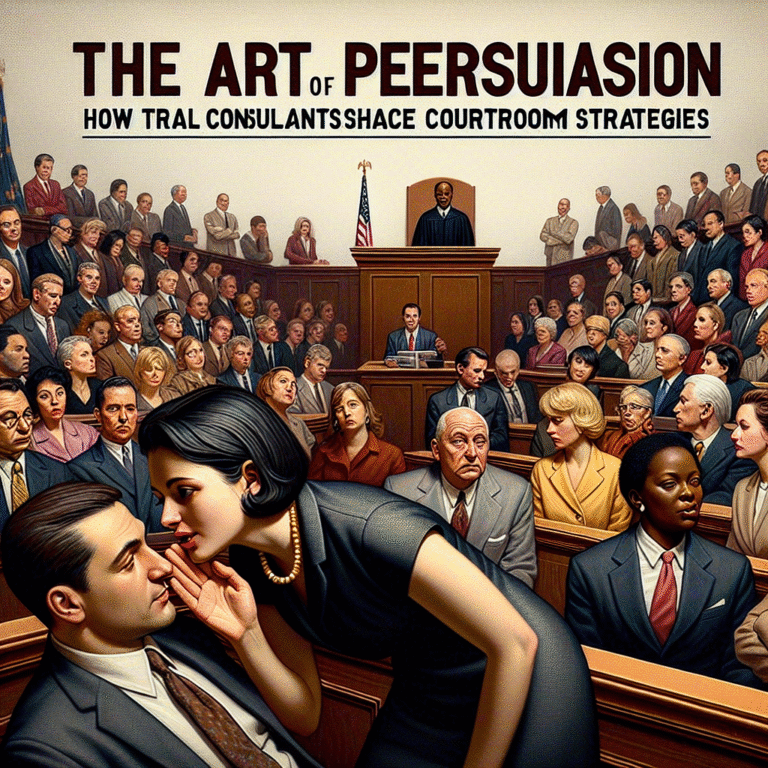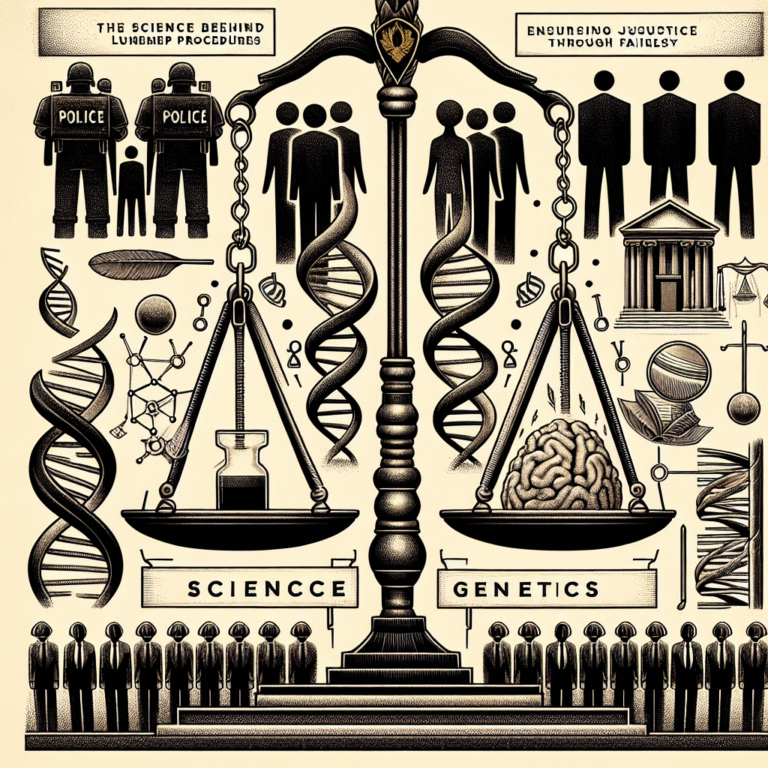
Introduction
In the complex world of criminal justice, one element stands out as an essential tool for reform and change: compassion. The Power of Compassion: How Sentencing Mitigation Influences Justice is not just a compelling phrase; it is a transformative approach that emphasizes understanding and mercy amidst the machinery of law. As societies grapple with the implications of punitive justice systems, the dialogue around sentencing mitigation becomes increasingly critical. Studies show that compassionate approaches not only lead to more equitable outcomes but also foster rehabilitation rather than mere punishment.
Understanding Sentencing Mitigation
What is Sentencing Mitigation?
Sentencing mitigation refers to using various factors—such as a defendant’s background, psychological state, or circumstances of the crime—to argue for lighter penalties. Factors could include:
- Mental health issues: Problems can deeply affect a person’s actions.
- Childhood trauma: Early experiences shape behavior.
- Circumstances leading to the crime: Context can provide valuable insights into motivations.
The Importance of Compassion in Sentencing
Compassion plays a pivotal role in how judges and juries perceive defendants. When presenting mitigating factors, advocates aim to humanize the individual facing prosecution. The Power of Compassion: How Sentencing Mitigation Influences Justice emphasizes that understanding a defendant’s unique story can lead to more informed and humane sentencing choices.
The Impact of Case Studies
Case Study 1: The Story of Tyrelle
Tyrelle, a young man convicted of drug-related offenses, faced a lengthy prison sentence. However, his attorney presented a case highlighting Tyrelle’s history of trauma. Having lost his parents and faced systemic racism throughout his life, the defense argued that Tyrelle turned to drugs as a coping mechanism. After considering these mitigating factors, the judge opted for rehabilitation over punishment, granting Tyrelle a chance at treatment and community service instead of prison time.
Analysis: Tyrelle’s case exemplifies The Power of Compassion: How Sentencing Mitigation Influences Justice, demonstrating how understanding individual circumstances can lead to better outcomes.
Case Study 2: Sarah’s Path to Understanding
In another instance, Sarah, a battered woman who committed a crime against her abuser, faced a harsh sentence. During her trial, defense attorneys brought forth evidence of Sarah’s history of domestic violence. By illustrating her mental state and the immediate context surrounding her actions, the court was able to employ sentencing mitigation. Sarah received a more lenient sentence, which allowed her to seek counseling and address the trauma from her past.
Analysis: This case further validates that compassion in sentencing can lead to exceptional rehabilitative outcomes. Rather than punishing Sarah, the system chose to help her heal.
The Mechanics of Sentencing Mitigation
Gathering Mitigating Evidence
Effective sentencing mitigation requires thorough investigation:
- Background checks: Understanding a defendant’s past helps frame their story.
- Psychological evaluation: Professional assessments can reveal underlying issues.
- Character references: Testimonials from community members can demonstrate positive attributes.
Presenting the Mitigation Narrative
Once evidence is collected, presenting it effectively is crucial. Techniques include:
- Storytelling: Making a compelling narrative can elicit empathy.
- Visual aids: Charts depicting background data can clarify the defendant’s situation.
Recommended Practices for Defense Attorneys
Defense attorneys play a key role in using compassion to advocate for their clients. Here are some best practices:
- Forge genuine connections with clients to uncover their narratives.
- Collaborate with mental health professionals for evaluations.
- Stay informed about relevant mitigating factors based on case law.
The Broader Implications of Sentencing Mitigation
Compassionate Justice Systems
Shifting toward a more compassionate justice system means reevaluating how society perceives crime and punishment. Countries that incorporate mitigating factors into their judicial practices often report lower recidivism rates.
Table: Recidivism Rates by Justice Approach
| Approach | Recidivism Rate (%) |
|---|---|
| Traditional Incarceration | 75% |
| Compassionate Mitigation | 40% |
Social Impact and Community Healing
Communities that support compassionate justice not only help individuals but also address broader societal issues—leading to:
- Improved public safety.
- Strengthened community ties.
- Greater trust in the justice system.
Bridging the Gap: The Role of Policy Reform
Advocating for Policy Changes
For The Power of Compassion: How Sentencing Mitigation Influences Justice to take root, advocates must push for legislative reforms:
- Introduce laws favoring restorative justice practices.
- Support initiatives for comprehensive mental health care in prisons.
The Global Perspective
Different countries are experimenting with sentencing mitigation, recognizing the value of compassion. For instance, Scandinavian countries often employ rehabilitative justice models. Understanding these global practices can inspire broader reforms in the U.S. and elsewhere.
Conclusion
The discussion around The Power of Compassion: How Sentencing Mitigation Influences Justice opens a vital dialogue about the morality of punishment and the possibility of redemption. By understanding the complexities of individual circumstances and employing compassion in the judicial process, we can reshape justice systems around the world. The models provided by effective case studies highlight the need for systemic change that emphasizes rehabilitation over retribution.
As we move forward, each of us can contribute to this vital cultural shift. Engage in discussions about justice reform, support organizations that work for compassionate sentencing, and be a voice for those who might otherwise be unheard.
FAQs
1. What is the difference between mitigating and aggravating factors in sentencing?
Mitigating factors aim to reduce the severity of a sentence by providing context, while aggravating factors heighten the severity based on the defendant’s behavior or circumstances surrounding the crime.
2. Can sentencing mitigation impact all types of crimes?
Yes, while it is most commonly applied in cases of non-violent offenses, there are instances where it can effectively influence sentencing outcomes in violent crimes as well.
3. How does sentencing mitigation affect recidivism rates?
Data suggests that when courts employ compassionate approaches, focusing on mitigating circumstances, recidivism rates tend to drop significantly, as individuals are often given the opportunity to rehabilitate rather than solely face punishment.
4. What role does mental health play in sentencing mitigation?
Mental health issues can be a substantial mitigating factor. Providing evidence of a defendant’s mental health status can influence judges to consider alternatives to incarceration.
5. Are there organizations that advocate for compassionate sentencing?
Yes, numerous advocacy groups work toward justice reform and implement compassionate sentencing practices. These organizations often focus on legislative change and community support for individuals affected by the justice system.
By continuing to amplify the conversation surrounding The Power of Compassion: How Sentencing Mitigation Influences Justice, we can work collectively toward a more just and rehabilitative society.















